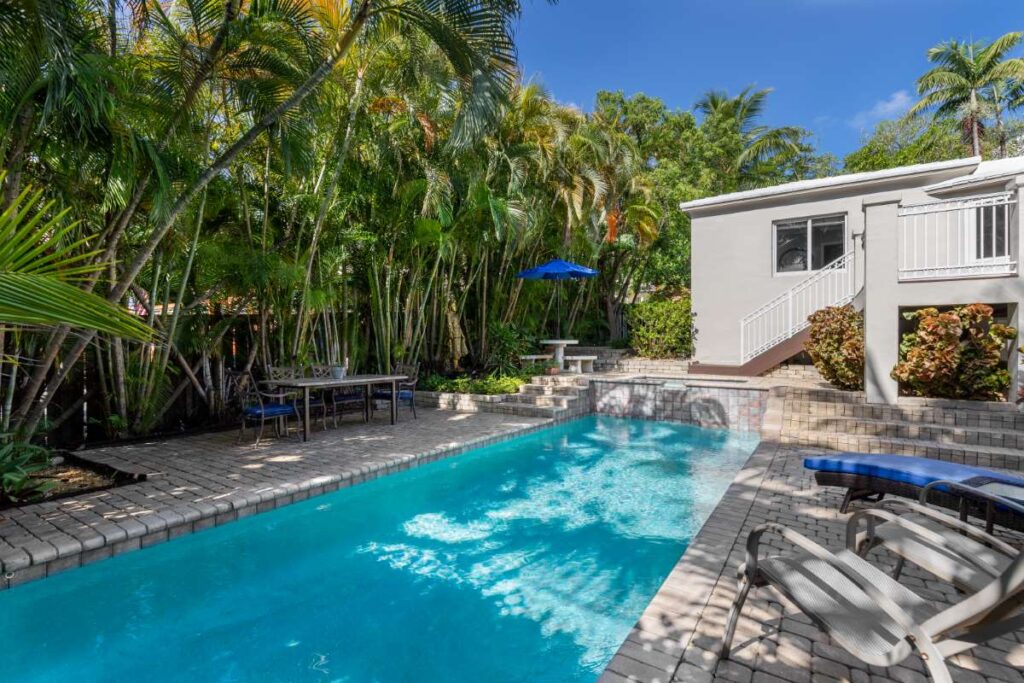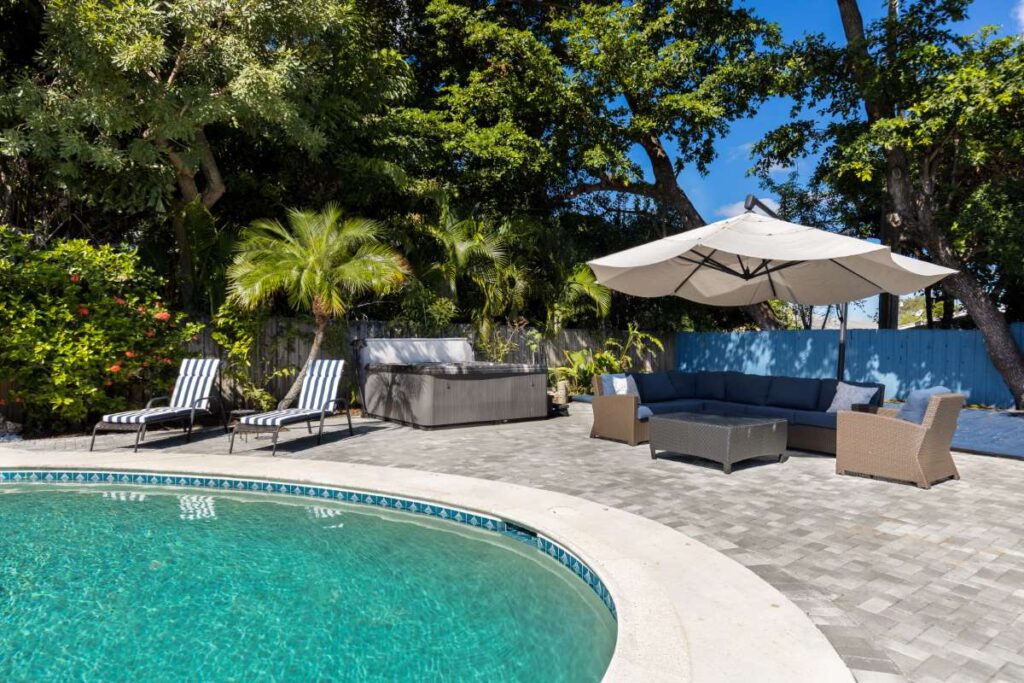Best Practices for Pool Vacuuming Without Damaging Surfaces
Learn the best practices for pool vacuuming to keep your surfaces safe and pristine while ensuring a clean swimming environment.
Maintaining a clean swimming pool is essential for hygiene and aesthetics, but it’s equally important to vacuum your pool without damaging its surfaces. In this comprehensive guide, we’ll explore the best practices for pool vacuuming, helping you preserve your pool’s integrity while achieving sparkling cleanliness. From understanding different types of surfaces to choosing the right equipment and techniques, this blog will cover everything you need to know to master the art of pool vacuuming.
Understanding Your Pool Surface
Before diving into vacuuming techniques, it’s crucial to understand the different types of pool surfaces. Each surface has unique characteristics, and knowing these can help prevent damage during cleaning. Common pool surfaces include:- Vinyl: Soft and flexible, vinyl liners can tear or puncture easily. Use a vacuum head with a soft brush attachment and avoid sharp or rough edges. – Fiberglass: Durable but can scratch. Use a vacuum designed for fiberglass surfaces, and ensure your equipment is free from debris that could cause scratches.- Plaster: While sturdy, plaster can chip if not cleaned carefully. Opt for a vacuum that allows for gentle cleaning and avoid aggressive scrubbing.- Tile: Beautiful but can be slippery and delicate. Choose a vacuum with a soft bristle brush to clean effectively without damaging the grout.Understanding your pool surface is the first step to effective and safe vacuuming. It helps you select the right tools and techniques, ensuring a balance between cleanliness and surface preservation.
Choosing the Right Vacuum
Selecting the right vacuum for your pool is essential to avoid damaging the surfaces. Here are the various types of pool vacuums and their suitability for different surfaces:1. Manual Vacuums: These require you to physically move the vacuum around the pool. They are suitable for smaller pools or quick clean-ups. However, be cautious with the vacuum head on softer surfaces like vinyl.2. Automatic Suction Vacuums: These attach to your pool’s skimmer and move around the pool, vacuuming debris as they go. They are effective for regular maintenance but may need adjustments to prevent damaging delicate surfaces.3. Robotic Pool Cleaners: These are the most advanced and efficient option. They navigate the pool autonomously and can adapt to various surfaces, ensuring gentle cleaning without causing scratches or damage.When choosing a vacuum, consider your specific pool surface and the level of maintenance required. A good quality vacuum not only saves time but also protects your investment in your pool.
Preparing Your Pool for Vacuuming
Proper preparation is key to successful pool vacuuming. Follow these steps to ensure a smooth process:- Remove Large Debris: Before vacuuming, use a skimmer net or leaf rake to remove large leaves, twigs, or debris from the surface. This reduces the strain on your vacuum and prevents clogs.- Check Water Chemistry: Ensure your pool’s water chemistry is balanced. High levels of chemicals can affect the vacuuming process and may lead to staining or damage on your pool surfaces.- Inspect Your Vacuum Equipment: Before starting, inspect your vacuum for any wear and tear. Check hoses for leaks and ensure the vacuum head is clean and free from debris.- Position Your Hose Correctly: If using a manual vacuum, be sure to submerge the hose in water to fill it before attaching it to the vacuum head. This prevents air bubbles that can impede suction.Proper preparation minimizes the risk of damage and enhances the efficiency of your vacuuming session, providing a cleaner pool environment.
Effective Vacuuming Techniques
Now that your pool is prepared and you have the right equipment, it’s time to vacuum! Here are some effective techniques to keep in mind:- Start at the Shallow End: Begin vacuuming from the shallow end of the pool and work your way to the deep end. This ensures that debris is pushed towards the vacuum head and not dragged around the pool.- Use a Slow and Steady Motion: Move the vacuum slowly to allow it to effectively pick up debris. Quick movements can cause the vacuum to miss spots and can disturb the pool surface.- Overlap Passes: Similar to mowing a lawn, overlap your vacuuming passes to ensure thorough cleaning. This technique helps avoid missed spots and ensures the entire surface is clean.- Vacuum the Walls and Steps: Don’t forget to vacuum the walls and steps of your pool, especially if you have algae or dirt buildup. Use a vacuum with an adjustable handle to reach these areas without strain.- Watch for Clogs: Regularly check your vacuum’s suction and hose for clogs during the process. If you notice reduced suction, pause and check for blockages.Employing these techniques not only enhances the cleaning process but also safeguards the surfaces of your pool from damage during vacuuming.
Post-Vacuuming Care
After you’ve finished vacuuming, there are several post-care steps you should follow to maintain your pool’s surface and equipment:- Clean the Vacuum Equipment: Rinse your vacuum head and hoses with clean water to remove any debris that could cause damage over time. – Check for Damage: Inspect both the pool surface and your vacuum equipment for any signs of damage. Address any issues immediately to prevent further complications.- Balance Water Chemistry Again: After vacuuming, test the water chemistry once more. Sometimes, vacuuming can disturb the pool’s chemical balance, especially if a lot of debris was collected.- Backwash or Clean Your Filter: If you have a sand or D.E. filter, don’t forget to backwash after vacuuming. This ensures that all the debris collected does not circulate back into your pool.Following these post-vacuuming care steps helps prolong the life of your pool and equipment while ensuring a safe and clean swimming environment.
Conclusion
In summary, vacuuming your pool doesn’t have to be a daunting task that risks damaging your surfaces. By understanding your pool’s surface, choosing the right equipment, and employing effective techniques, you can maintain a clean pool without compromising its integrity. Remember to prepare your pool properly and take care of your vacuuming equipment to ensure longevity. Whether you’re a seasoned pool owner or a new enthusiast, adhering to these best practices will keep your pool pristine and inviting. Ready to take the plunge? For those interested in expanding their pool service expertise or starting a business, check out our
Pool Routes For Sale to find opportunities in your area. Together, let’s keep our pools beautiful and safe for everyone to enjoy!



